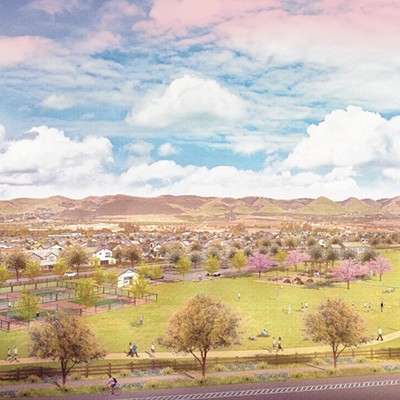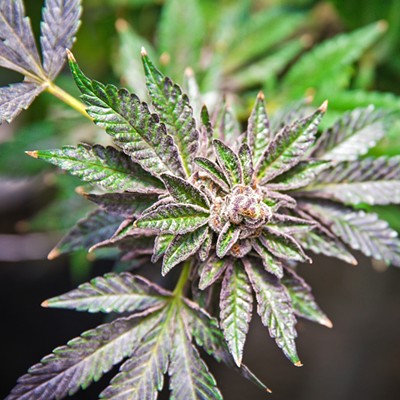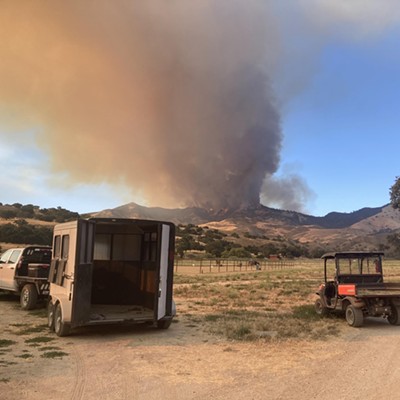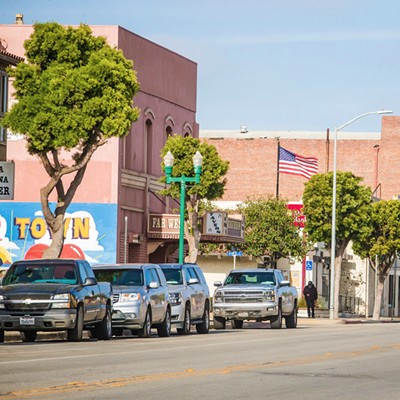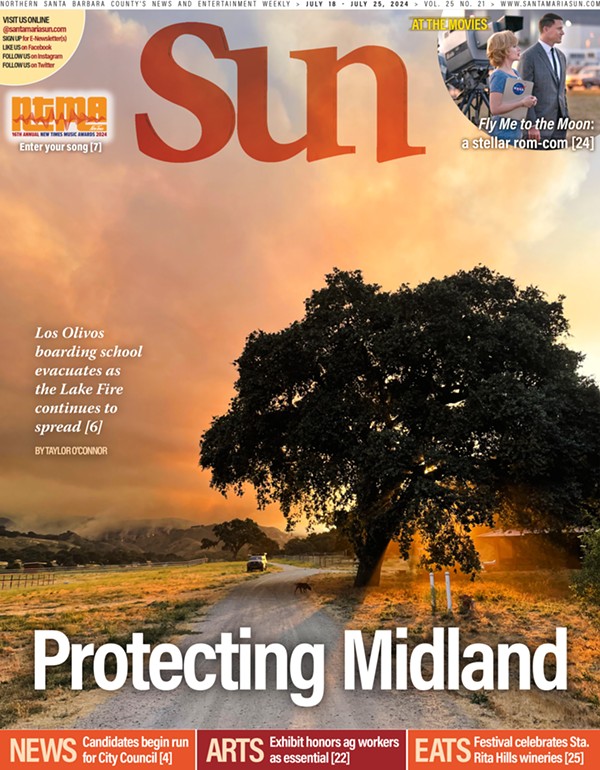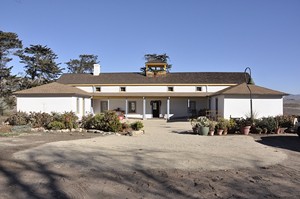
Just past the stone remnants of a pit once used to render beef tallow, the Temettate Ridge backs up against the sky. The ridgeline’s slope toward Santa Maria was highlighted by the sun’s steady search for the western horizon during the afternoon of Dec. 13.
Marina Washburn, executive director of the Dana Adobe Nipomo Amigos (DANA), grew up in Nipomo. Washburn said she didn’t realize how beautiful the Temettate Ridge was until she interviewed for her job five years ago. She said the ridge’s stretch of hilltops is uniquely showcased from the Rancho Nipomo Dana Adobe’s perch across the valley.
“I’m in awe every time I see it,” she said as she walked across the horse pasture just south of the newly restored adobe.
It’s quiet after she speaks, which makes it easy to imagine the way things could have been when the small plot of land was part of nearly 38,000 acres awarded to Captain William Dana by the Mexican government in 1837.
The nearly empty acreage Washburn walked across on Dec. 13 will be transformed over the next couple of years. A Chumash interpretive center will take up the southernmost portion of the arid pasture, and to the west, near the road, DANA will build a parking lot, amphitheatre, and a 6,226-square-foot visitors center.
Development plans also pencil out interpretive trails, and the addition of a barn area where candle making and blacksmithing will be demonstrated. There will also be agricultural displays of animals and farming, and a site along the creek where the importance of water quality will be highlighted.
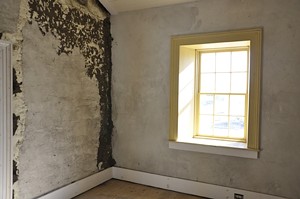
“We want this area to function much like a rancho would,” Washburn said. “We’re looking to tell stories of the rancho and the decisions that were made, and how they affected the economy, the ecology.”
It’s part of a gigantic vision that was made possible by a Proposition 84 grant of almost $3 million in 2010. Proposition 84 allocated money for a variety of projects that had to do with water quality and supply, including state and local park improvements.
After three years of planning, public meetings, and the completion of numerous studies for an environmental impact report, DANA finally got a nod from the San Luis Obispo County Board of Supervisors to go ahead with its master plan. During the board’s Dec. 10 meeting, supervisors unanimously approved the final environmental impact report for the project as well as changes to land-use designations on the 30 acres surrounding the adobe.
Zoning designations on the site were changed from residential to recreational, which will enable the adobe to function as a museum and allow for development on the property.
Though the board’s decision was unanimous, a tribal administrator with the Northern Chumash Tribal Council, Fred Collins, spoke out against the project. Collins said the tribe was in support of the project, but also concerned about some important Chumash archaeological sites on the property.
“The Dana Adobe has broken our hearts with some of the things they have done with this project,” Collins said during the public comment portion of the meeting. “Our sacred sites need to be protected.”
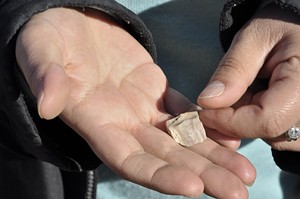
He asked that the county hire an independent engineer to oversee the project and help avoid Chumash sacred sites.
“I am absolutely satisfied that this project holds the Chumash culture in reverence and that the important sites are adequately protected,” District 4 Supervisor Caren Ray said during the meeting. Her district includes the project site.
Executive Director Washburn told the Sun that several archaeologists were consulted during environmental studies, and though there is evidence of Chumash people living on the site, there isn’t evidence of burial sites or the existence of villages.
“We can build everything we’re asking to build without significantly impacting the resources,” Washburn said.
Washburn lists broken plates, square nails, wood pieces, and flakes of stone among the things that have been found at the rancho.
“All these materials, in many areas of the site, are mixed,” she said. “So trying to figure out the story of the site is difficult for archaeologists.”
But, she added, materials found support a book written about life at the adobe called The Blond Ranchero. The book is a collection of memories from Juan Francisco Dana as told to Rocky Dana and Mary Harrington.
Washburn said archaeologists found evidence of rock flakes underneath the front porch. One of the stories in the book details Juan’s memory of seeing the Chumash work on their tools from the veranda of the adobe. The cultures were mixed at the time, and Chumash people often worked for the Danas on the ranch.
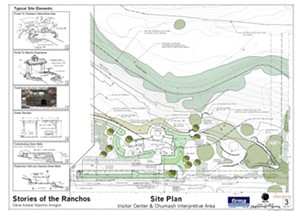
“The [archaeological] studies have shown that there’s going to be remnants of cultural experience, both historic and prehistoric,” Washburn said.
Showcasing historic and prehistoric experiences is one of the goals for the Chumash interpretive center. But DANA also wants to tell stories about what Chumash culture is like today, Washburn explained. The Chumash story is one that’s continually evolving, just like the story of the adobe itself, which was almost lost at one point in time.
Although combing through records shows that there have been different sets of restoration and development plans made for the site since the 1960s, none of them became a reality. And, at one point, there was talk of selling the adobe to become a state park.
“Where we are today and where our state park system’s at, it’s probably a good thing that it stayed in our hands,” Washburn said.
In the last decade, DANA has been able to restore the adobe, which was rotting and falling apart, purchase the 30 acres of land surrounding the site, and push forward with development plans to create an educational center.
Washburn said DANA’s goal is to share the historical significance of the site and to tell the story of prehistory, history, and today.
“That’s what we’re trying to tackle here—teaching about the past … and the present to influence the future,” Washburn said. “What you don’t understand, you don’t protect, and what you don’t protect, you lose.”
New Times Staff Writer Rhys Heyden contributed to this article. Contact Staff Writer Camillia Lanham at [email protected].




